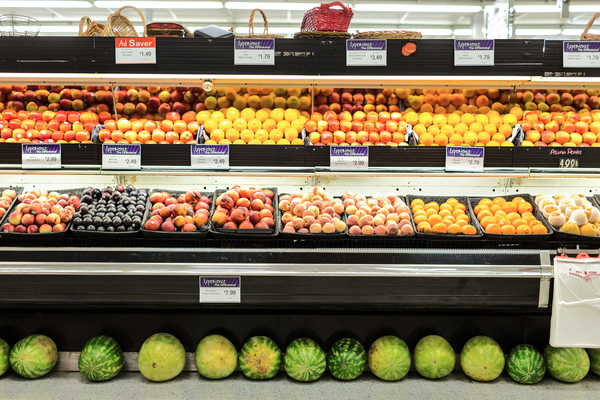- Conducting Background Checks in the Corporate Security Environment
- Cisco U. Theater: Where Innovation Meets Learning - Cisco Live
- Your Guide to Cisco APIs at Cisco Live 2025: Empowering IT Teams in the DevNet Zone
- Netgear's enterprise ambitions grow with SASE acquisition
- The latest robot vacuum innovation will leave clean freaks drooling (and it's $450 off)
How our food choices can help reverse climate change – Cisco Blogs

This blog comes from Dr Anastasia Volkova, CEO of Flurosat, an Australian agricultural technology company on a mission to commercialize agricultural science for the benefit of people and the environment. Anastasia is a TEDx Speaker, an Amelia Earhart Fellow, and one of 2020’s MIT 35 Under 35 Innovators. She will present at Cisco’s Women Rock-IT event on November 12. Click here to pre-register for and watch this event.
The year of upheaval, 2020, has drawn out fragilities in our society and industries. More clearly than ever, we saw the challenges faced by the agricultural supply chains that were hit by changing consumer demands and struggled to adapt. On the other hand, with airline traffic largely coming to a halt, we saw a decline in greenhouse gas emissions from transport, giving us hope to meet the Paris Agreement. We have encountered a perfect storm of rare societal and environmental factors, which, if leveraged wisely, can propel us into a carbon-neutral or even carbon-negative future. And now is the time for us as consumers to choose our future.
The complex relationship between agriculture and climate change
Agriculture is dependent on climate–i.e. water levels, temperatures, and seasonal patterns–to remain predictable, rather than changing rapidly and abruptly disrupting the food and fiber production. The more global warming affects the world’s climate, the more fragile our agricultural systems become. And the more fragile our agricultural system is, the more environmentally unsustainable it becomes. It is, unfortunately, a vicious cycle rather than a virtuous one.
What can be done to make agriculture more resilient?
Put simply, we need to remunerate our farmers, not just for their produce but also for the care they give to the environment. Modern agricultural systems are heavily optimized for efficiency; designed to fight the battle for ever-thinking margins between high production costs and constantly-decreasing commodity prices. In addition to economic forces, many farmers are regularly hit by droughts and floods. And as a result, farmers do not have the financial means to invest in making their farms more resilient unless consumers can provide the incentive.
For agriculture to become more resilient, we need to incentivize farmers to adopt conservation practices, like planting cover crops to preserve the fertile topsoil from being eroded by the wind or washed off by heavy rains. These practices do not directly generate income for farmers, but they provide service to our ecosystem, and we as consumers can recognize that by paying the premium price for sustainably- produced food and fiber.
On your next grocery shop, remember to ask yourself “How can I contribute to a better future for the planet?” Making choices in favor of sustainable agricultural brands might not sound like much, but the combined power of our individual consumer choices is one of the strongest signals to the industry that inadvertently promotes positive and systemic change.
Share:

